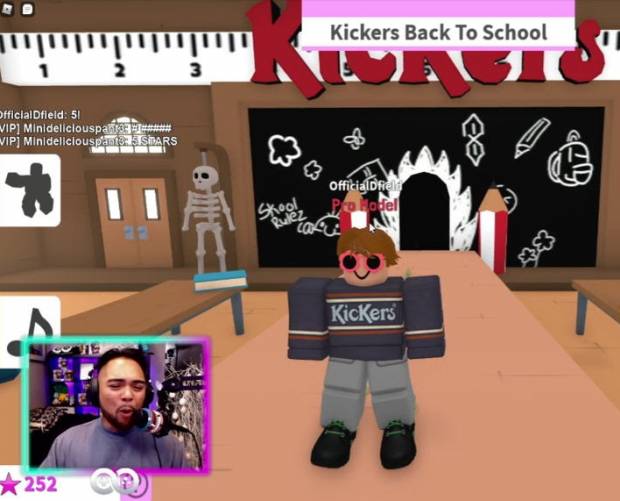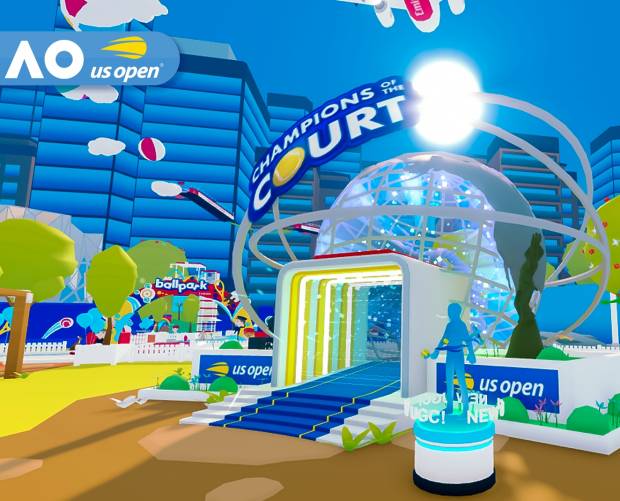 Renault Group is accelerating its digitalization with the launch of what it claims is the first industrial metaverse. It said that currently, 100 per cent of production lines are connected (8,500 pieces of equipment); 90 per cent of supply flows are constantly monitored; and 100 per cent of supply chain data is hosted in the Renault Group Metaverse, which it described as: “a true replica of the physical world controlled in real time”.
Renault Group is accelerating its digitalization with the launch of what it claims is the first industrial metaverse. It said that currently, 100 per cent of production lines are connected (8,500 pieces of equipment); 90 per cent of supply flows are constantly monitored; and 100 per cent of supply chain data is hosted in the Renault Group Metaverse, which it described as: “a true replica of the physical world controlled in real time”.
Renault said that digital technology has already led to savings of €780m (£688m), and that by 2025, it will enable an addition €320m in savings, as well as a 60 per cent reduction in vehicle delivery time and a 50 per cent reduction in the carbon footprint of its vehicle manufacturing, plus a significant reduction in innovation cycles and a contribution to the 60 per cent reduction in warranty costs targeted by the Group.
"Every day, a billion points of data are collected within the Renault Group's industrial sites,” said Jose Vicente de los Mozos, EVP, Industry Group and Head of country Iberia for Renault. “The metaverse provides real-time supervision that increases the agility and adaptability of industrial operations, as well as the quality of production and the supply chain. Renault Group is becoming a pioneer in the sector.”
Renault said its industrial metaverse consists of four dimensions, which constitute a complete, persistent, and real-time industrial Metaverse. The first is data. To collect data from all its industrial sites, Renault Group has developed a unique data capturing and standardisation solution. A platform has been developed to collect mass data which feeds the industrial metaverse, providing the levers for performance of the production process in real time. This solution is now marketed in partnership with ATOS to other industrial players, under the name of the ID@Scale project.
Secondly, Renault Group has modelled its physical assets into digital twins. Each factory has its replica in the virtual world. Like the factories, the supply chain has its own digitised universe. It is an integral part of the industrial metaverse and is also controlled in real time by a control tower.
The third dimension is integration into an extended ecosystem. The use of digital twins is enriched with supplier data, sales forecasts and quality information, but also exogenous information such as the weather or road traffic conditions, as well as Artificial Intelligence allowing the development of predictive scenarios.
The acceleration of this digital transformation is enabled by the fourth dimension – the convergence of advanced technologies, such as cloud, real time, 3D and big data. Renault Group has developed a unique platform for the convergence of technologies needed to run the digital twins and their ecosystems in a resilient way.
The supervision offered by the metaverse through a better visibility of the work environment allows actors to gain agility and autonomy in decision making. Technologies from the world of gaming make user experiences more immersive. One example of this is painting training carried out in virtual reality. AI algorithms allow employees to anticipate, as do flow optimization and management functions for supply chain experts.
"The technological maturity of Renault Group allows the company to reach an important step in its digitalisation and transformation: the control of our data, the choice of advanced technologies, and the expertise of our teams are all levers to accelerate towards a Tech Company."
Frédéric Vincent, EVP, Information Systems and Digital
"This industrial Metaverse is unique and enables us to activate previously invisible efficiency and performance levers, to the benefit of people and the environment,” said Patrice Haettel, Renault’s VP, Industrial Strategy and Engineering. “The management of data at Group level allows us to monitor, for example, the energy consumption of all our industrial and non-industrial sites in detail, and above all to optimise them in real time when a plant is stopped.”







